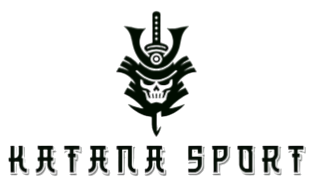Hooks Harmony is a revolutionary library that aims to simplify React logic, providing developers with a seamless experience in component development. As React has evolved, the introduction of hooks has significantly enhanced the way developers manage stateful logic in functional components. However, the landscape of hooks can sometimes be overwhelming, with a myriad of options and considerations. This is where Hooks Harmony steps in, offering a cohesive and intuitive approach to managing component logic. The library provides a curated set of hooks that cover common use cases, reducing the need for developers to constantly navigate through the React documentation or third-party libraries. With Hooks Harmony, developers can focus more on building features and less on the intricacies of hook dependencies and lifecycles. One of the standout features of Hooks Harmony is its emphasis on simplicity without sacrificing flexibility.

The library abstracts away much of the boilerplate code associated with setting up and managing hooks, allowing developers to express their component logic in a more concise and readable manner. Whether you are handling state, side effects, or context, Hooks Harmony streamlines the process, making codebases cleaner and more maintainable. The library also introduces a unified syntax for different types of hooks, promoting consistency across components. This consistency not only enhances code readability but also accelerates the onboarding process for new developers who may be familiar with a particular set of hooks. Hooks Harmony also excels in promoting best practices for React development. The library encourages the separation of concerns by providing hooks that encapsulate specific functionalities, such as data fetching, form handling, and animation control. This modular approach not only adheres to the principles of clean code but also makes it easier to test and debug individual parts of a component and reset form after submit react. In addition, Hooks Harmony incorporates performance optimizations under the hood, ensuring that components re-render only when necessary.
This results in more efficient applications with improved responsiveness and a better user experience. Another notable aspect of Hooks Harmony is its commitment to community-driven development. The library is open source, inviting contributions from the React community to expand its capabilities and address a wider range of use cases. This collaborative approach ensures that Hooks Harmony remains relevant and adapts to the evolving needs of React developers. The library’s documentation is comprehensive and beginner-friendly, serving as a valuable resource for developers of all skill levels. In conclusion, Hooks Harmony stands as a game-changer in the React ecosystem, simplifying component development and promoting a more enjoyable coding experience. With its focus on simplicity, flexibility, best practices, and community involvement, Hooks Harmony is poised to become an indispensable tool in the toolkit of React developers, unlocking new levels of productivity and code quality.
